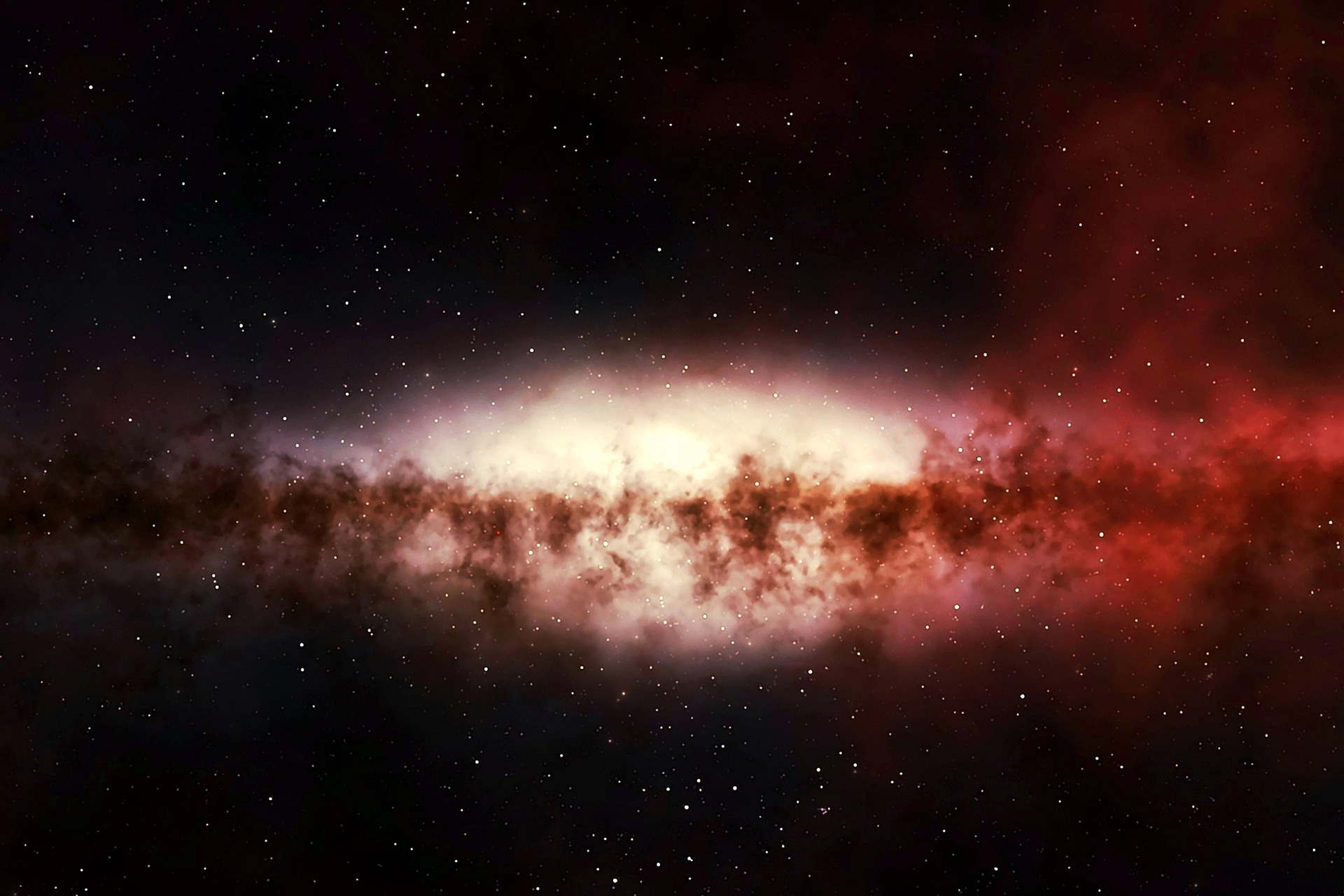A bold new theory out of Dartmouth College might finally shed light on one of the biggest mysteries in modern physics: where does dark matter actually come from?
The researchers behind this idea propose that dark matter wasn’t always the cold, invisible substance we think of today. Instead, it may have started out as high-energy, massless particles zipping around the early universe. But then something dramatic happened — these particles rapidly condensed into slow-moving, massive ones, in a process similar to how steam suddenly condenses into water droplets.
In essence, they’re suggesting dark matter was born out of a cosmic phase transition, occurring just moments after the Big Bang.
The superconductivity connection
One of the most intriguing parts of this theory is its analogy to superconductivity. In superconductors, electrons pair up and flow through a material with zero resistance. The Dartmouth team believes a similar phenomenon happened in the early universe, where massless particles formed pairs, creating the heavy, sluggish particles that now make up dark matter.
This approach offers a fresh perspective on how such an elusive form of matter could have emerged, especially since dark matter doesn’t interact with light and remains invisible to our telescopes.
A testable prediction
Unlike many theoretical models that stay in the realm of speculation, this one actually makes a prediction that scientists can look for. The researchers say this phase transition should have left a distinctive fingerprint in the cosmic microwave background radiation — the faint afterglow of the Big Bang.
If future observations detect this unique signature, it could be a game-changer. Not only would it support the theory, but it would also provide new insights into the fundamental workings of the universe.
Why this matters
Dark matter makes up about 85% of the universe’s matter, yet we still don’t know what it is. Understanding how it formed is a crucial piece of the puzzle. This new theory offers a compelling, physically grounded explanation that ties together cosmology, particle physics, and even condensed matter physics in an elegant way.
While much work remains to be done to validate the idea, it opens up exciting new paths for research — and possibly, one step closer to solving the dark matter mystery.





